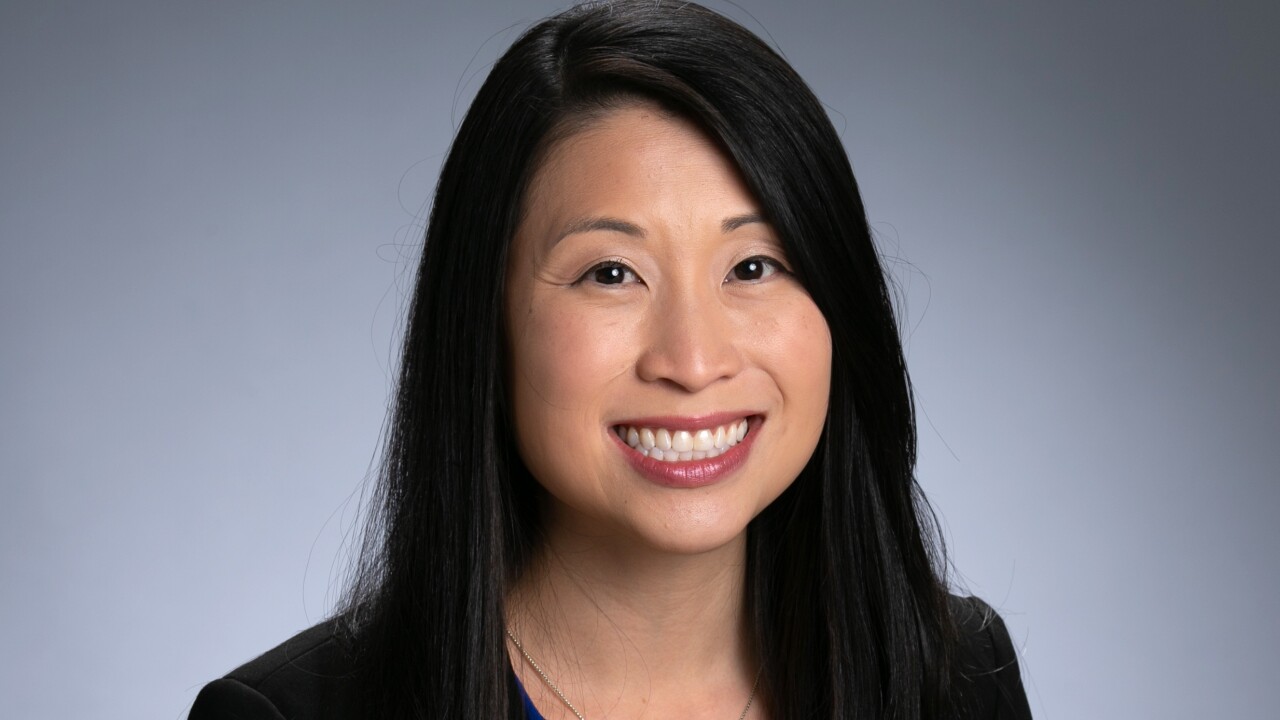When Waika Embry was promoted in June, a staffing challenge immediately put her leadership skills to the test.
Embry had taken on the role of southeastern regional vice president on Arch Insurance Group's excess and surplus property underwriting team, and her team had dwindled to nine employees from 15 due to the stiff competition for E&S talent among insurance carriers in the Atlanta area. But they still had to manage a heavy workload, at a pace of about 33,000 requests for coverage per year.
Embry had to keep the E&S team motivated and keep the workload moving. To do this, she made sure that the team members leaned on the company's analytical tools and trusted their training to make decisions quickly, she says.
"The biggest thing is maintaining the morale and making sure that the team knows that they're supported," Embry says. "You can't sit there and mull over a decision for hours. You have to trust the analytics, you have to trust your gut and you have to make a decision and move on."
Embry worked with her boss and other units to transfer prep work that wasn't directly underwriting-related to other teams. Her team could then focus on analyzing data and analytics, making underwriting decisions and negotiating deals. By the end of October, her team had generated $100 million in gross written premium for 2025.
"There was just no way that we could do it alone. You have to raise your hand up and say: 'We need help here,'" she says.
Embry, who now has 12 on her E&S team, is also helping to develop Arch's Catastrophe Aggregation Platform underwriting workflow software, which is expected to launch in 2026 and enable faster underwriting decisions. She previously worked on the company's Risk Analytics Engine underwriting tool, providing an underwriting perspective to the software development team.
"IT speaks another language than operations than underwriting. You have to bridge that gap to figure out what the underwriters need and what the IT teams can actually develop," she says.
Embry says she tries to tailor her leadership approach to the needs of the individuals on her team.
"It's very important to meet people where they are," says Embry, who joined Arch in 2012. "What you need for each individual is going to be very unique based on their experience level and their personality."
She also tries to remind her team members of her support for their careers every day. Where a new hire just out of college might need a manager or a mentor, a senior underwriter may be thinking about how to get to the next step and an assistant vice president about gaining visibility.
"I'm not the driver. I'm here to support them and be there for them when they need me," Embry says. "It's really just meeting the individual where they need to be."
For Embry, a good leader needs to understand the preferred communication style for each of their team members.
"Even culturally speaking--if you're talking to northerners or southerners, some people like to be very direct; some people like to ask things very softly. You have to learn about the individual first, and then really figure out where they are," she says.
Understanding those individual differences helps her set up each employee to receive and implement her feedback, she says: "You're not going to be able to support them and grow the business unit without providing that individual feedback. If I had the same approach on every person in my team, it would not work."






